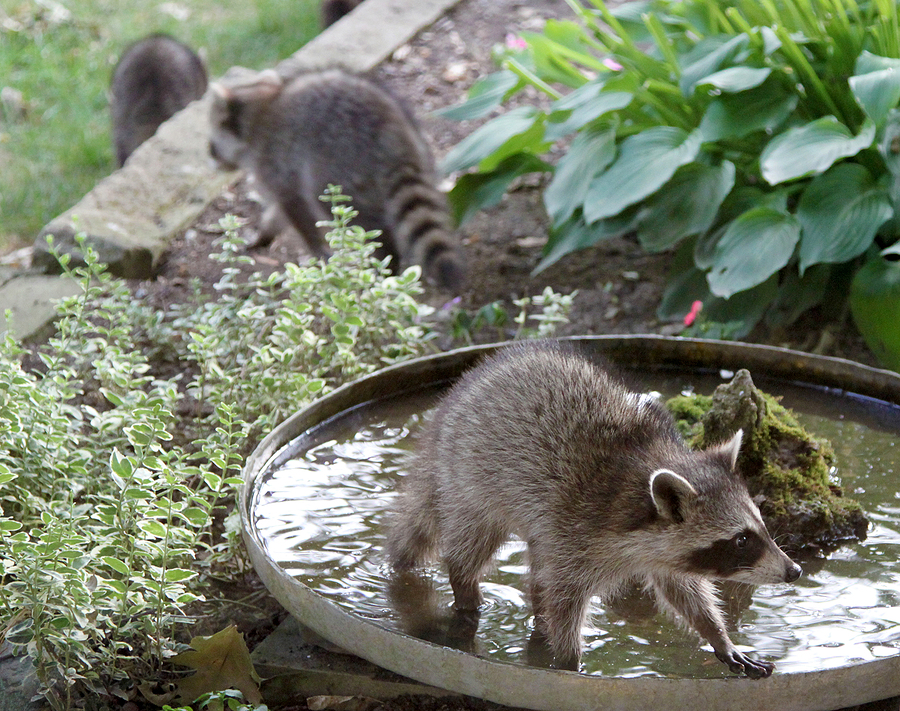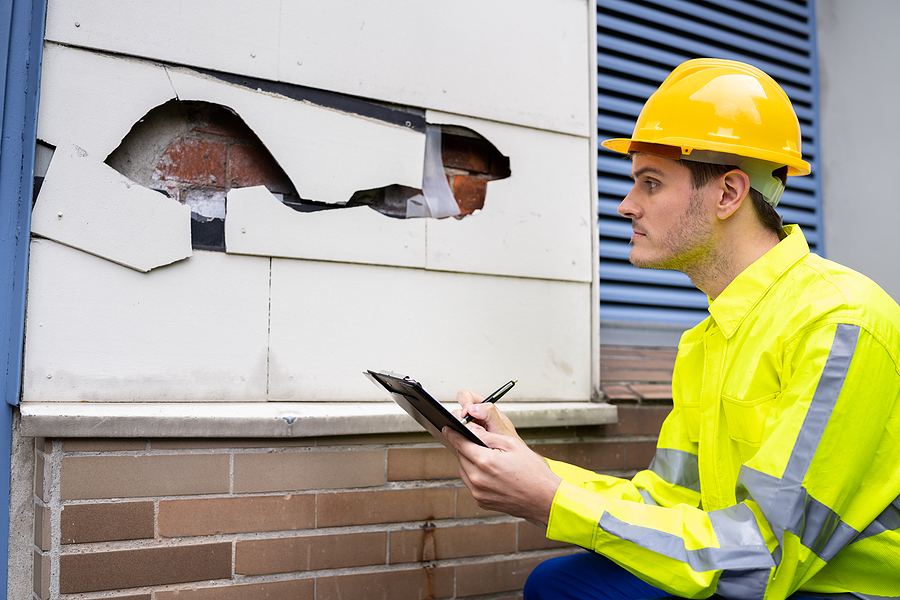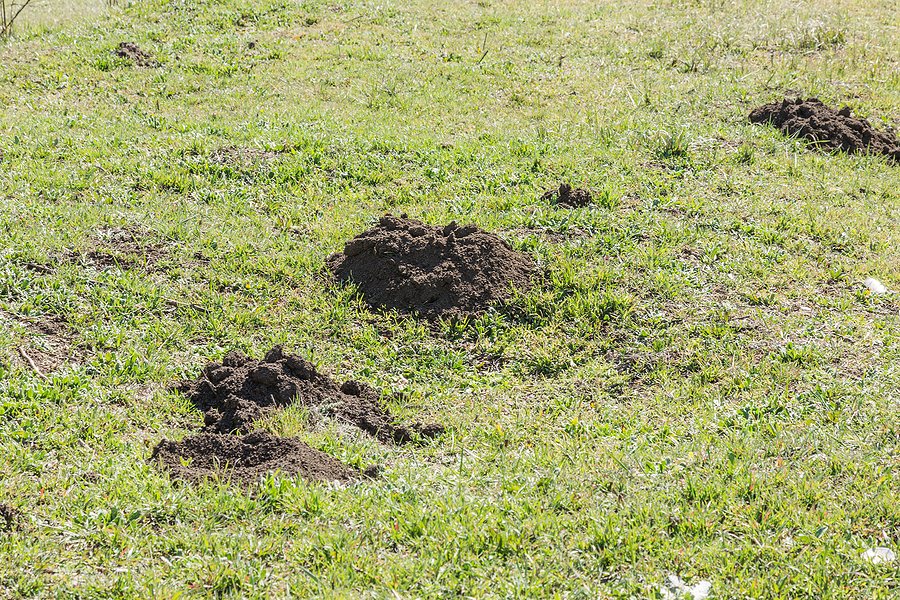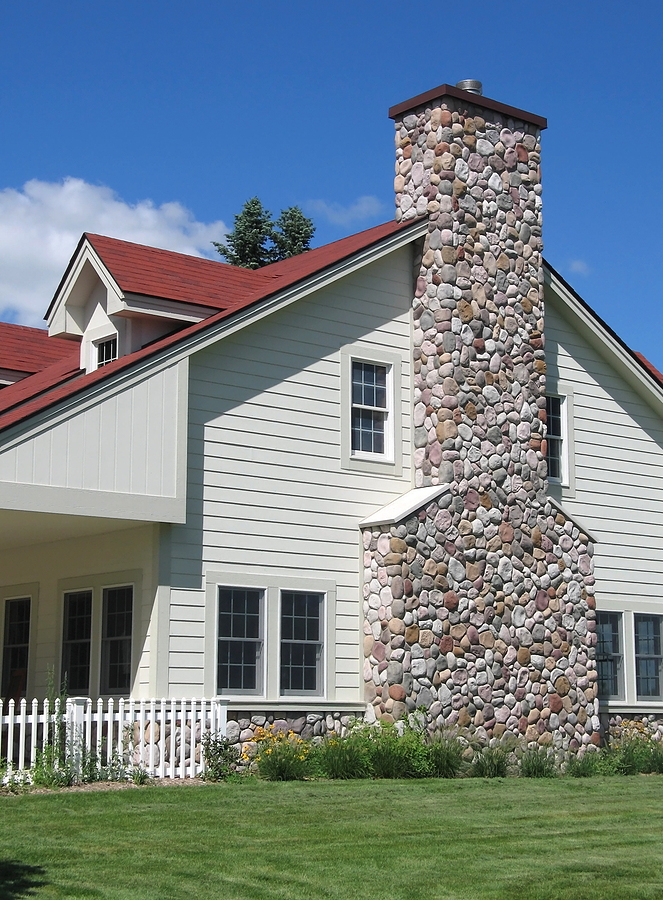Birds are a welcome sight in backyards across Indiana, but when they start nesting in your vents or leaving droppings all over your patio, they quickly become a nuisance. A bird infestation isn’t just an inconvenience; it can lead to property damage and pose health risks to your family. Understanding how to manage these feathered visitors is key to protecting your home.
This guide will walk you through everything Indiana homeowners need to know about effective and humane bird control. We will cover how to identify common problem birds, the risks they bring, and the best methods for keeping them away. By the end, you’ll have the knowledge to decide on the best bird control strategy for your property, whether it’s a DIY solution or calling in a professional wildlife control service.
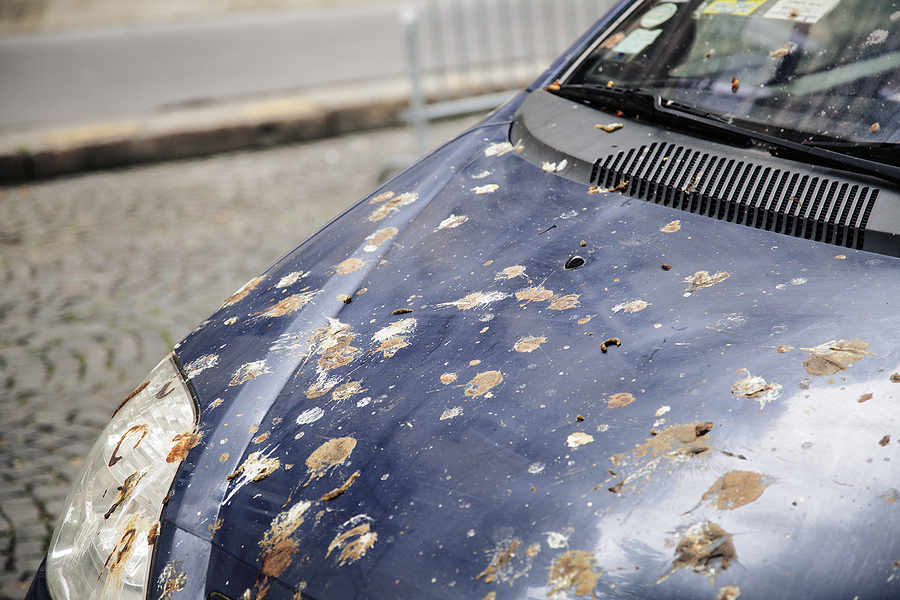
Identifying Common Nuisance Birds in Indiana
Not all birds cause problems, but a few species are notorious for becoming unwelcome guests in Indiana homes. Identifying which birds are on your property is the first step toward effective bird control.
Pigeons
Commonly found in both urban and suburban environments, pigeons are notorious for roosting on building ledges, rooftops, and structural beams. Their droppings are not only unsightly but also highly acidic, which can cause significant and costly damage to property over time, corroding materials and staining surfaces.
European Starlings
These are notably noisy and aggressive birds that typically travel in large, disruptive flocks. They are known to displace native bird species, disrupting local ecosystems. Starlings often build messy, bulky nests in inconvenient places like attic vents, soffits, and other openings in a building’s structure, which can lead to blockages and other issues.
House Sparrows
Though small, house sparrows are remarkably persistent. They construct their nests in small, enclosed areas such as dryer vents, gutters, and the gaps behind window shutters. The materials they use for nesting can accumulate and not only block essential ventilation but also create serious fire hazards.
Grackles
Much like starlings, grackles are highly social birds that congregate in large, noisy flocks, creating a significant amount of noise and mess. They are a frequent sight in residential neighborhoods, where they often choose to roost in tall trees close to homes, becoming a constant source of disturbance.
Woodpeckers
\While many people admire woodpeckers, they can inflict serious structural damage by drilling holes into wood siding, eaves, and exterior trim. This behavior, known as “drumming,” isn’t solely for finding insects to eat; it’s also a crucial part of their mating rituals and a way to establish and defend their territory.
Understanding the Risks of Bird Infestations
A few birds in your yard might seem harmless, but a full-blown infestation can lead to serious issues. The problems go beyond noise and unsightly messes, affecting both your health and your home’s integrity.
Health Concerns
Bird droppings are not just an eyesore; they can harbor over 60 transmissible diseases. When bird poop dries, it can become airborne, and inhaling the particles can lead to respiratory illnesses like histoplasmosis, cryptococcosis, and psittacosis. Bird nests can also host parasites such as mites, fleas, and ticks, which can easily find their way into your home.
Property Damage
Birds can cause a surprising amount of damage to your property.
- Structural Damage: Nesting materials can clog gutters and drains, leading to water backup and potential roof leaks. Woodpeckers can drill holes that compromise the structural integrity of your home and invite other pests.
- Acidic Droppings: The high uric acid content in bird poop can corrode building materials like metal, stone, and paint, leading to permanent stains and deterioration.
- Fire Hazards: Birds often build nests in chimneys, dryer vents, and electrical signs. The flammable nesting material poses a significant fire risk.
- Garden and Landscape Damage: Some birds can wreak havoc on gardens, eating fruits, vegetables, and seeds before they have a chance to grow.
Request a Free Onsite Bird Control Inspection! ✅
Humane and Effective Bird Deterrents
When dealing with nuisance birds, the goal is to deter them, not harm them. Many effective and humane methods are available to Indiana homeowners. It’s also important to remember that some species, like woodpeckers, are protected under the federal Migratory Bird Treaty Act, making it illegal to harm them. The Indiana Department of Natural Resources also has regulations protecting native species.
Bird Netting
Bird netting is one of the most effective bird deterrents available. It creates a physical barrier that prevents birds from accessing specific areas like balconies, eaves, or gardens. When installed correctly, it’s nearly invisible and provides a long-lasting solution without harming the birds. The cost for DIY netting can range from $50 to $200, depending on the size of the area you need to cover.
Bird Spikes
These are strips of upward-pointing spikes that can be installed on ledges, signs, and rooftops to prevent birds from landing and roosting. While they may look intimidating, the spikes are not sharp and are designed to create an uncomfortable surface, not to injure the birds. Bird spikes are a cost-effective solution, typically costing between $50 and $200 for a DIY kit.
Visual and Auditory Deterrents
These methods work by frightening birds away from your property.
- Visual Deterrents: Items like reflective tape, scare-eye balloons, and owl or hawk decoys can be effective. The key is to move them around frequently so birds don’t become accustomed to their presence. These devices are generally affordable, ranging from $30 to $150.
- Auditory Deterrents: Ultrasonic devices or systems that play recordings of predator calls or bird distress signals can also scare birds away. These are a good option for larger open areas like gardens or yards.
When to Call a Professional Wildlife Control Service
While DIY methods can be effective for minor bird issues, some situations require professional intervention. If you’re facing a large infestation, dealing with a protected species, or if nests are located in hard-to-reach or dangerous places, it’s time to call a wildlife control service.
Professionals have the training, equipment, and knowledge of Indiana’s laws to handle bird removal safely and humanely. A professional service typically involves an onsite inspection, removal of birds and nests, cleanup of droppings, and installation of preventative measures.
Tips for Preventing Future Bird Problems
Once you’ve addressed a bird issue, the next step is prevention. Here are some actionable tips to keep your property bird-free:
- Seal Entry Points: Regularly inspect your home for gaps or holes in siding, vents, and eaves, and seal them to prevent birds from nesting inside.
- Manage Food Sources: Secure trash can lids, clean up spills promptly, and avoid leaving pet food outside. If you have bird feeders, place them away from your house to draw birds to a designated area.
- Maintain Your Landscaping: Trim overgrown trees and shrubs where birds might roost.
- Install Protective Barriers: Use netting to protect gardens and install spikes or other deterrents on common roosting spots before nesting season begins in the spring.
Protect Your Home Proactively
Managing nuisance birds is an important part of home maintenance in Indiana. By identifying problem species, understanding the risks, and using humane deterrents, you can protect your property from damage and keep your family safe. Whether you opt for a DIY approach or enlist a professional wildlife control service, proactive bird control is the best way to ensure your home remains a peaceful, bird-free environment.
If you’re dealing with a persistent bird problem, don’t wait for it to get worse. A professional can provide a lasting solution tailored to your specific needs.
Ready to reclaim your property from nuisance birds and restore peace to your home? Don’t let unwanted feathered guests cause any more disruption. Contact Us Today to get a free, no-obligation bird control quote and take the first step toward a lasting solution.We serve residential and commercial properties in the Greater Indianapolis areas.
Related Post: Silencing the Flock: Nuisance Bird Solutions in Indiana

